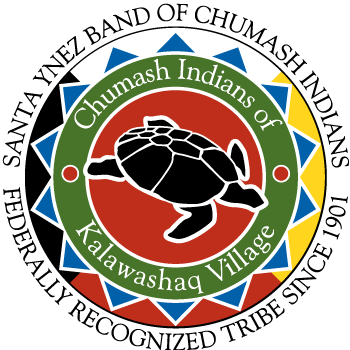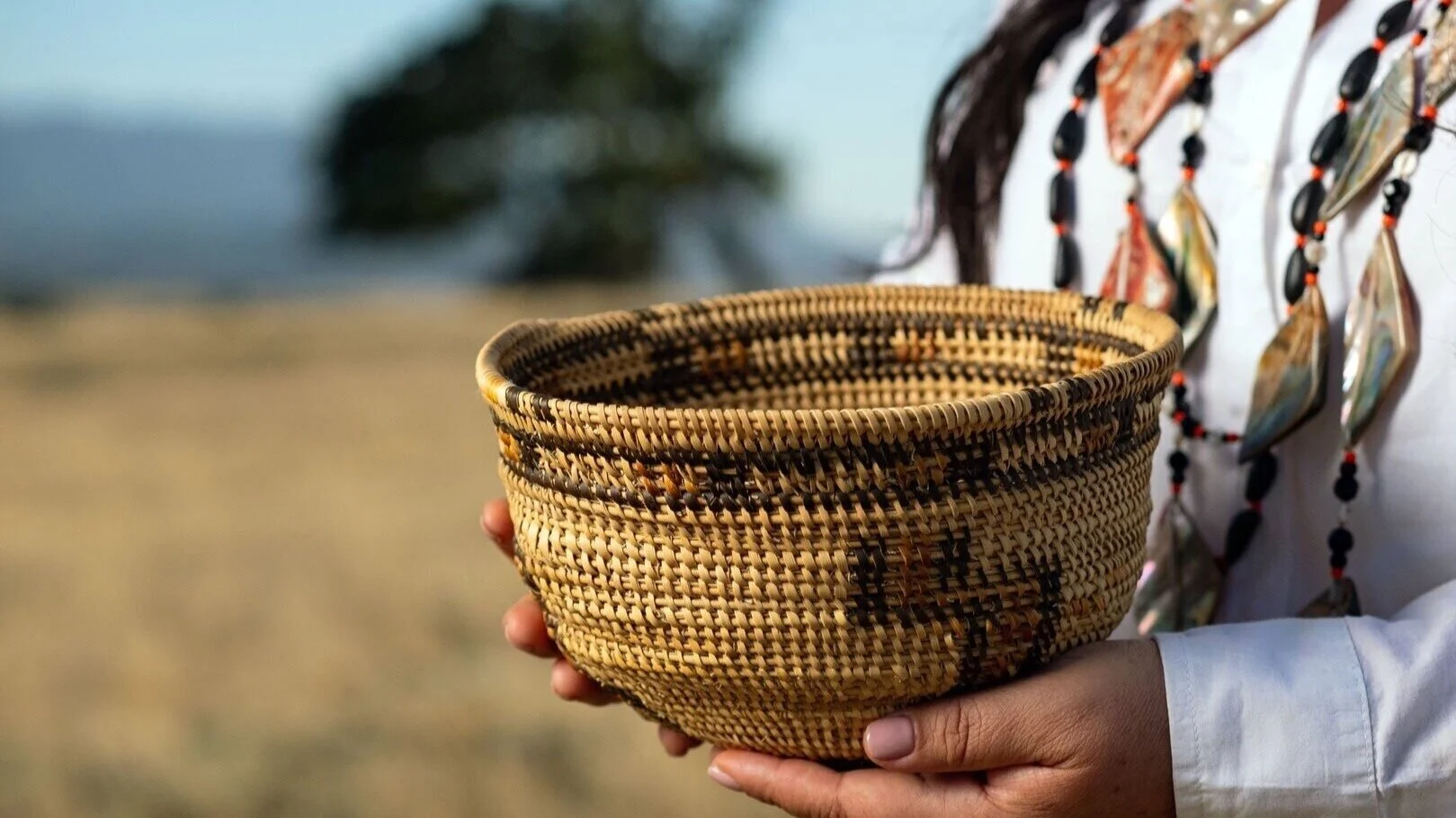Our History
The Chumash people once numbered in the tens of thousands and lived along the coasts of California. Through centuries of hardships and abuse, the tribe has overcome all odds in order to thrive on the land of our Chumash ancestors once more.
At one time, Chumash territory encompassed 7,000 square miles that spanned from the beaches of Malibu to Paso Robles. The tribe also inhabited inland to the western edge of the San Joaquin Valley.
Utilizing resources from both the land and the sea, we called ourselves “the first people,” and pointed to the Pacific Ocean as our first home. These early Chumash ancestors were hunters, gatherers, and fishermen who lived in large, dome-shaped homes that were made of willow branches.
As the Chumash culture advanced with boat-making, basketry, stone cookware, and the ability to harvest and store food, the villages became more permanent. The Chumash society became tiered and ranged from manual laborers to the skilled crafters, chiefs, and shaman priests who were also accomplished astronomers. Women could serve equally as chiefs and priests.
In the rolling hills of the coastline, our Chumash ancestors found caves to use for sacred religious ceremonies. The earliest Chumash Indians used charcoal for their drawings, but as the culture evolved, so did the cave markings — using, red, orange, and yellow pigments. These colorful yet simple paintings included human figures and animal life. Many of the caves still exist today, protected by the National Parks system, and illustrate the spiritual bond the Chumash hold with our environment.
As with most Native American tribes, the Chumash history was passed down from generation to generation through stories and legends. Many of these stories were lost when the Chumash Indian population faced the turmoil to come.
In 1769, a Spanish land expedition led by Gaspar de Portola left Baja California and reached the Santa Barbara Channel. In short order, five Spanish missions were established in Chumash territory. The Chumash population was all but decimated, due largely to the introduction of European diseases.
By 1831, the number of mission-registered Chumash numbered only 2,788, down from pre-Spanish population estimates of 22,000.
The modern-day towns of Santa Barbara, Montecito, Summerland, and Carpinteria were carved out of the old Chumash territory. After mission secularization in 1834, Mexican authorities failed to live up to their promises of distributing the remaining land among the surviving Chumash, causing further decline in the tribal population.
By 1870, the region’s now dominant Anglo culture had begun to prosper economically. The Santa Barbara area established itself as a mecca for health seekers, and by the turn of the century it became a haven for wealthy tourists and movie stars. Most of the Chumash who remained in the area survived through menial work on area farms and ranches, far removed from the prestige of their ancestors.
Through the determination and hard work of Chumash survivors, the tribe was able to overcome the adversities of early modern life and rise to economic self-sufficiency. With revenue from the tribe’s gaming property, the culture has been revitalized and Chumash descendants once again thrive on tribal land. Resources are devoted to education, health, and culture — ensuring a vibrant future for Chumash generations to come.

